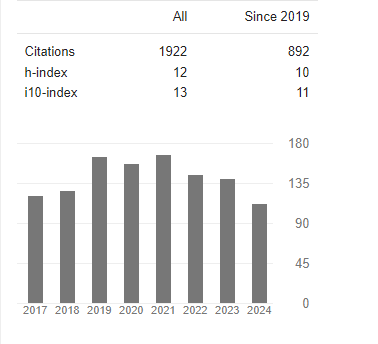Characterization of Bioactive Compounds, Antioxidant Properties and Antimicrobial Activity of Red And White Cabbage Leaves Extracts
Abstract
Iness J Karoui, Amel Ben Jalloul, Ayari Jihene and Manef Abderrabba
Cabbage is known as a rich source of bioactive compounds including carotenoids and phenolic compounds which may have antibacterial and antioxidant properties. This investigation was undertaken to estimate the effect of using different organic solvents on the total polyphenols content, antibacterial and antioxidant capacities of red and white cabbage. Phenolic compounds analysis was performed by Reversed-Phase High-Performance Liquid Chromatography (RP-HPLC) and antioxidant activities of cabbage were evaluated using DPPH radical scavenging and β-carotene-linoleic acid bleaching.Methanol has the highest extraction yields of 23.83 and 22.05 %. Alcoholic extracts from red cabbage exhibit the highest content of total polyphenols (205.66-190.77 mg GAE/ 100g DW) and flavonoids (137.26-123.6 mg CE/100g DW) meanwhile; white cabbage had the highest content of β-carotene and chlorophyll. Red cabbage exhibited the highest DPPH scavenging value (IC50= 257, 80 μg/ml) and the highest β-carotene-linoleic acid bleaching (73.85%). Significant correlations were found between antioxidant activity of extracts from cabbage samples and the contents of polyphenols and flavonoids. The studied extracts didn’t show an antibacterial activity against tested germs.



